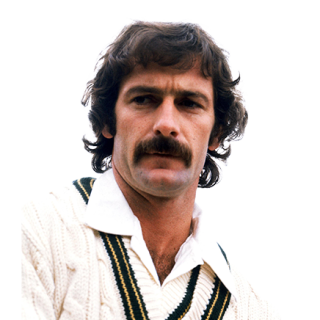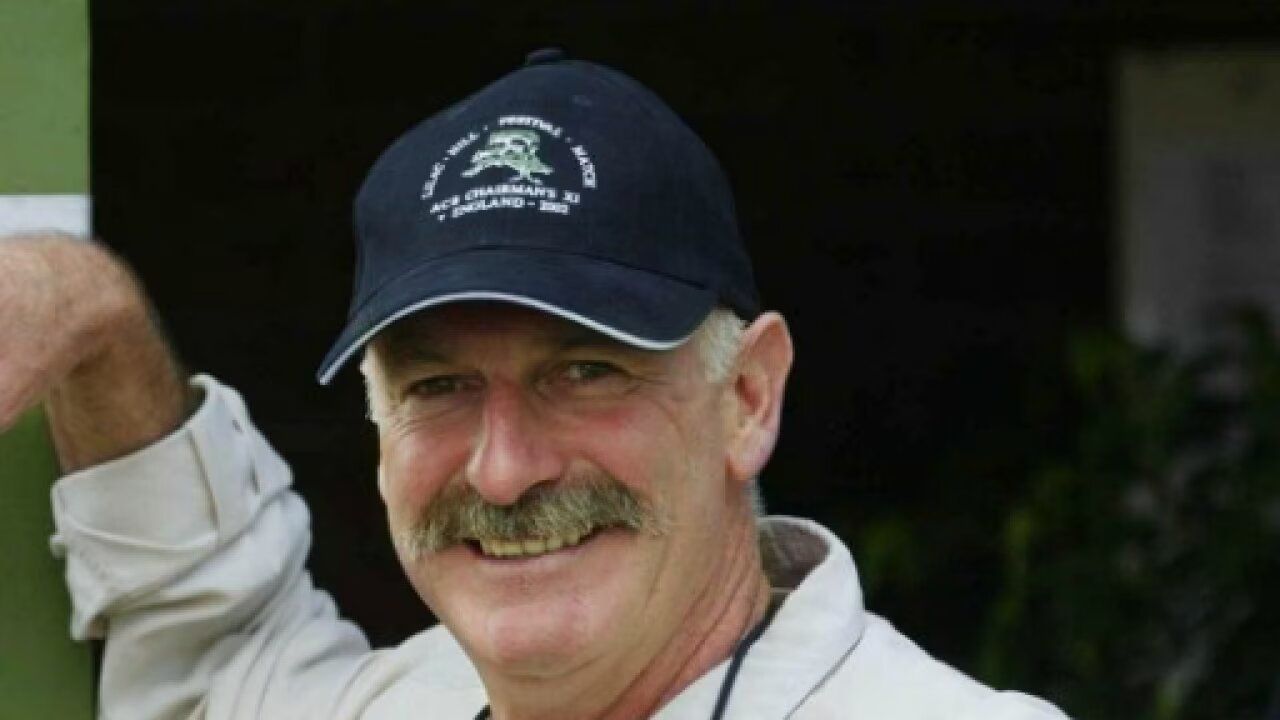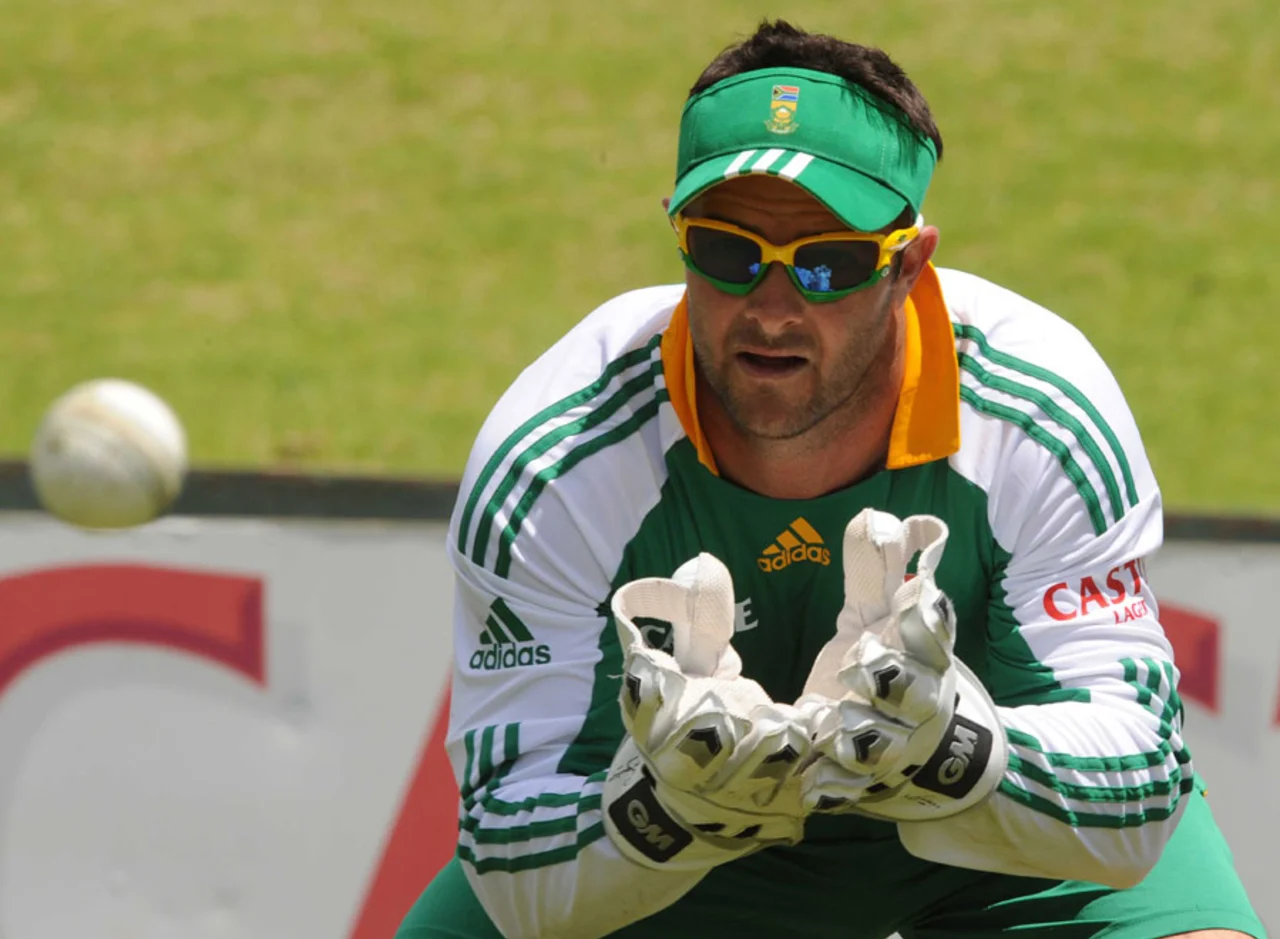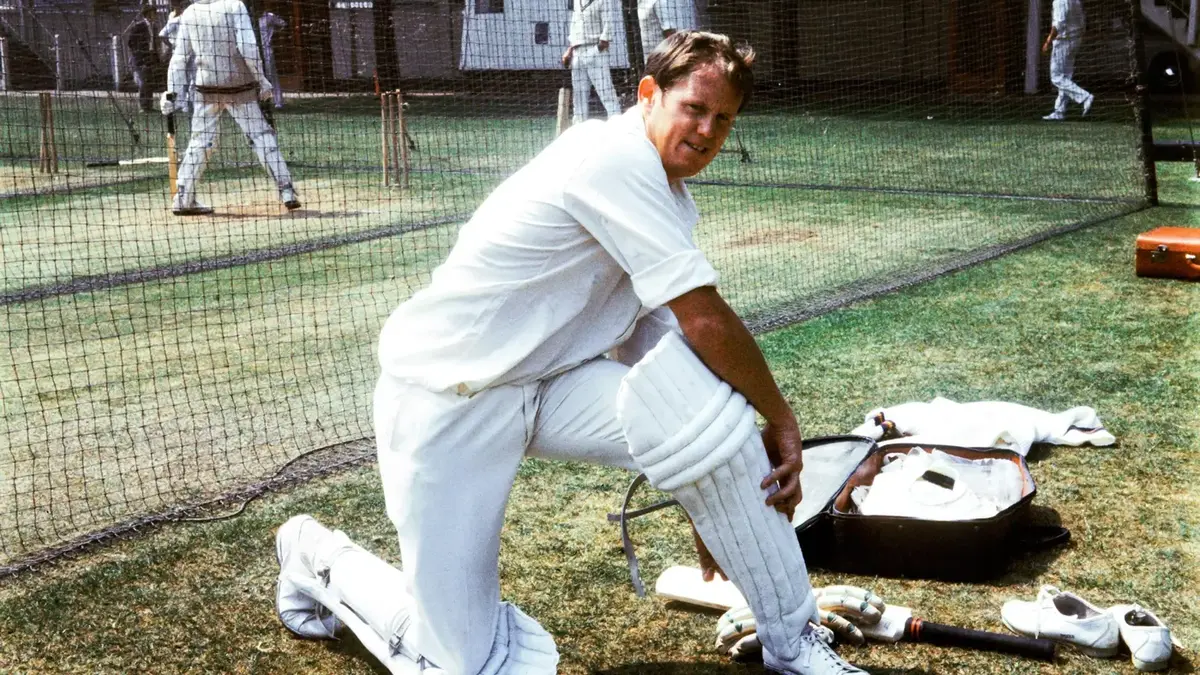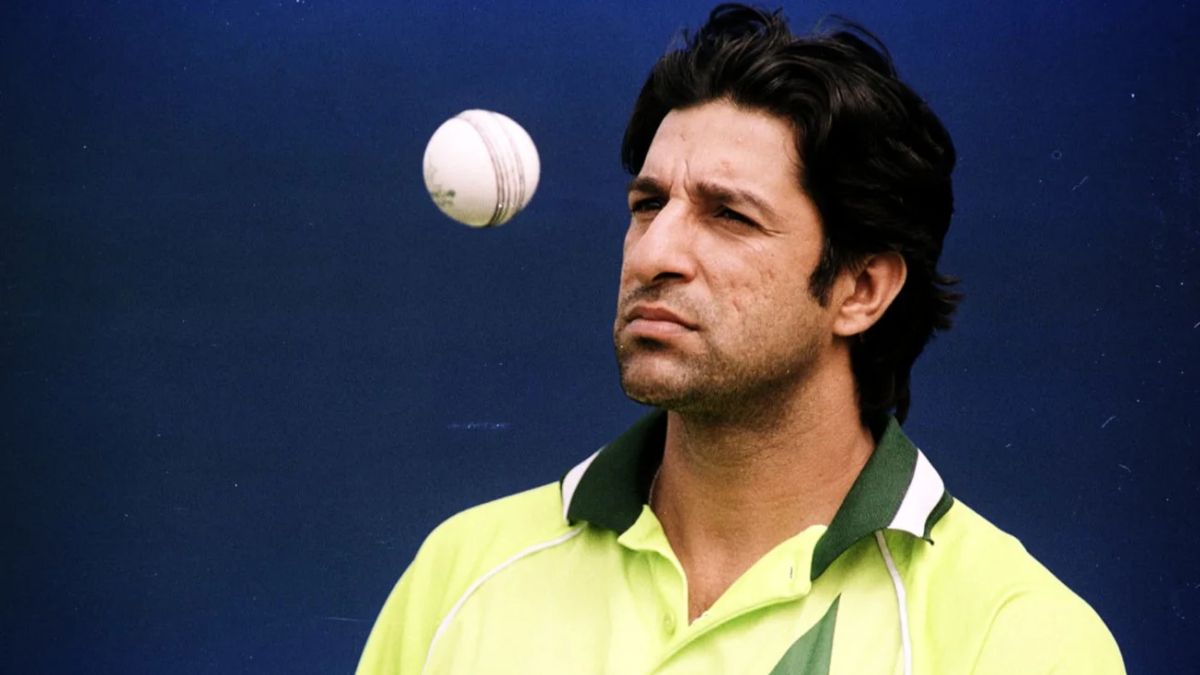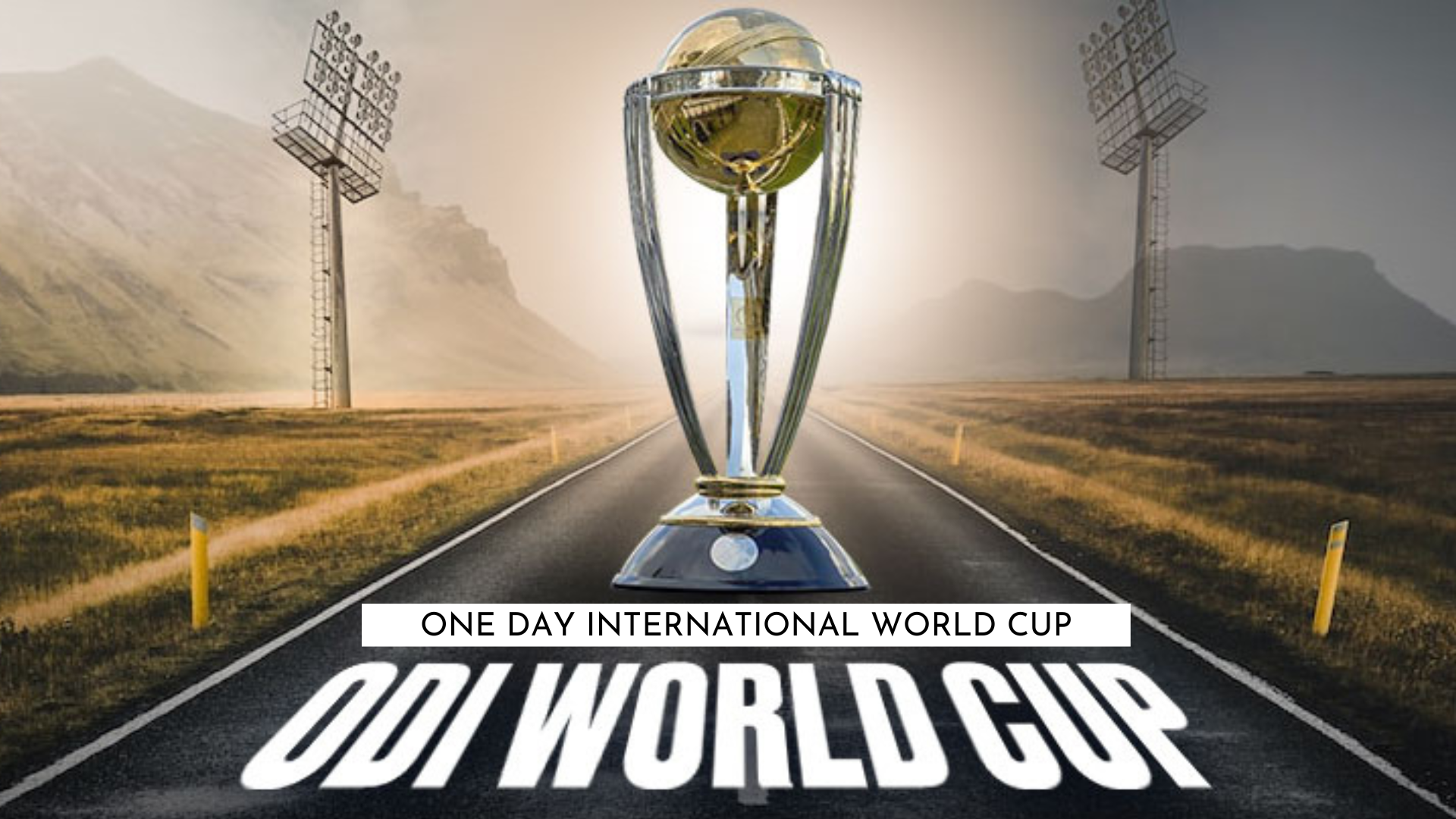Dennis Lillee – Dennis Keith Lillee, born on July 18, 1949, in Subiaco, Perth, Western Australia, is a legendary figure in cricket, renowned for his fast bowling prowess.
Starting his career with the Perth Cricket Club at the tender age of 15, Lillee made his Test debut against England in 1971, immediately capturing the attention of spectators and fellow players alike.
Despite facing a significant challenge early in his career due to stress fractures in his back, Lillee’s unyielding spirit and dedication to the sport saw him not only return to peak form but also revolutionize the art of fast bowling.
Through a combination of intensive physiotherapy, developed by sports scientist Frank Pyke, and a remodelled bowling action, he achieved remarkable speeds, including being clocked at 154.8 km/h during the 1975 Ashes series.
Lillee’s partnership with Jeff Thomson in the mid-1970s became legendary, creating one of the most formidable fast-bowling duos cricket has ever seen, symbolized by the phrase “Ashes to ashes, dust to dust, if Thomson don’t get ya, Lillee must.”
- Early Promise and Setbacks:
- Burst onto the scene in 1971 with speed and aggression.
- Faced stress fractures in his back but overcame them through determination, intensive physiotherapy, and a remodelled bowling action.
- Successful comeback marked by the deadly partnership with Jeff Thomson during the 1974-75 Ashes.
- Redefining Fast Bowling:
- Known for raw pace, reaching speeds up to 154.8 km/h during the 1975 Ashes.
- Mastered seam bowling, constantly evolving his game to outsmart batsmen.
- Legendary partnership with wicketkeeper Rod Marsh, setting records in Test cricket.
- Memorable Performances and Records:
- Instrumental in Australia's bowling attack throughout the 1970s and early 1980s.
- Played a pivotal role in the 1981 Headingley Test, considered one of cricket's greatest comebacks.
- Retired in 1984 as the world's leading Test wicket-taker with 355 wickets.
- Legacy and Influence:
- Known for fiery spirit and intimidating presence on the field.
- Made significant impacts in One-Day Internationals, including the 1975 Cricket World Cup.
- Inducted into the ICC Cricket Hall of Fame, recognized for contributions to the sport.
- His story serves as inspiration, embodying perseverance, excellence, and innovation in cricket.
This partnership was crucial in Australia’s 4-1 victory over England during the 1974-75 Ashes series.
Beyond his ferocity on the pitch, Dennis Lillee was known for his marketability, charismatic presence, and outspoken nature, especially concerning the financial remuneration for players, leading to significant changes in the game’s structure through the World Series Cricket era.
In his illustrious career, Dennis Lillee played for teams such as Northamptonshire, Tasmania, and Western Australia, becoming the world’s leading Test wicket-taker by the time of his retirement in 1984 with 355 wickets.
His achievements have been widely recognized, including induction into the ICC Cricket Hall of Fame in December 2009 and receiving multiple honors such as being appointed Member of the Order of the British Empire (MBE) and Member of the Order of Australia.
Lillee’s legacy extends beyond his playing days, as he has also made a significant impact as a fast-bowling coach, sharing his expertise and passion for cricket with future generations.
Dennis Lillee Early Promise and Setbacks
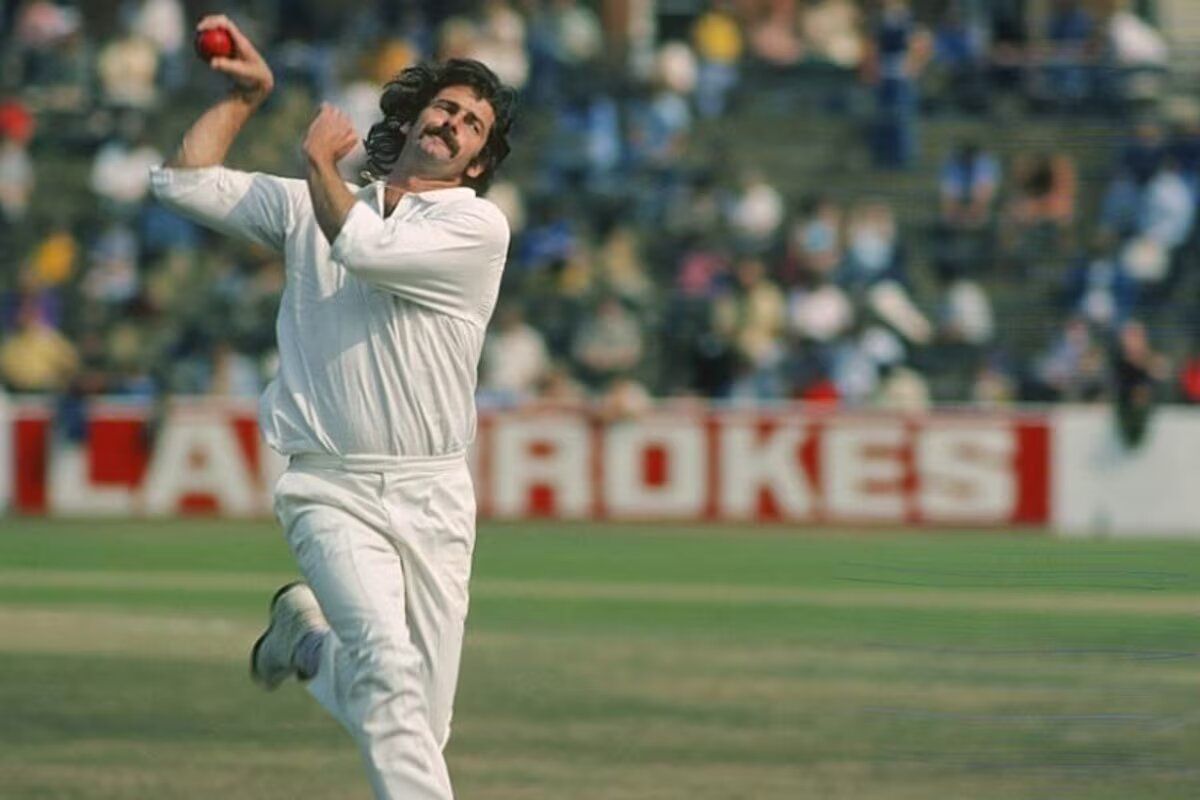
Lillee burst onto the international scene in 1971, making an immediate impact with his speed and aggression.
However, his career faced an early challenge when he suffered from stress fractures in his back.
This injury could have ended his career, but Lillee’s determination saw him undergo an intensive physiotherapy routine and remodel his bowling action.
His comeback was marked by a successful Ashes series in 1974-75, where he formed a deadly partnership with Jeff Thomson, terrorizing English batsmen and playing a pivotal role in Australia’s victory.
Redefining Fast Bowling
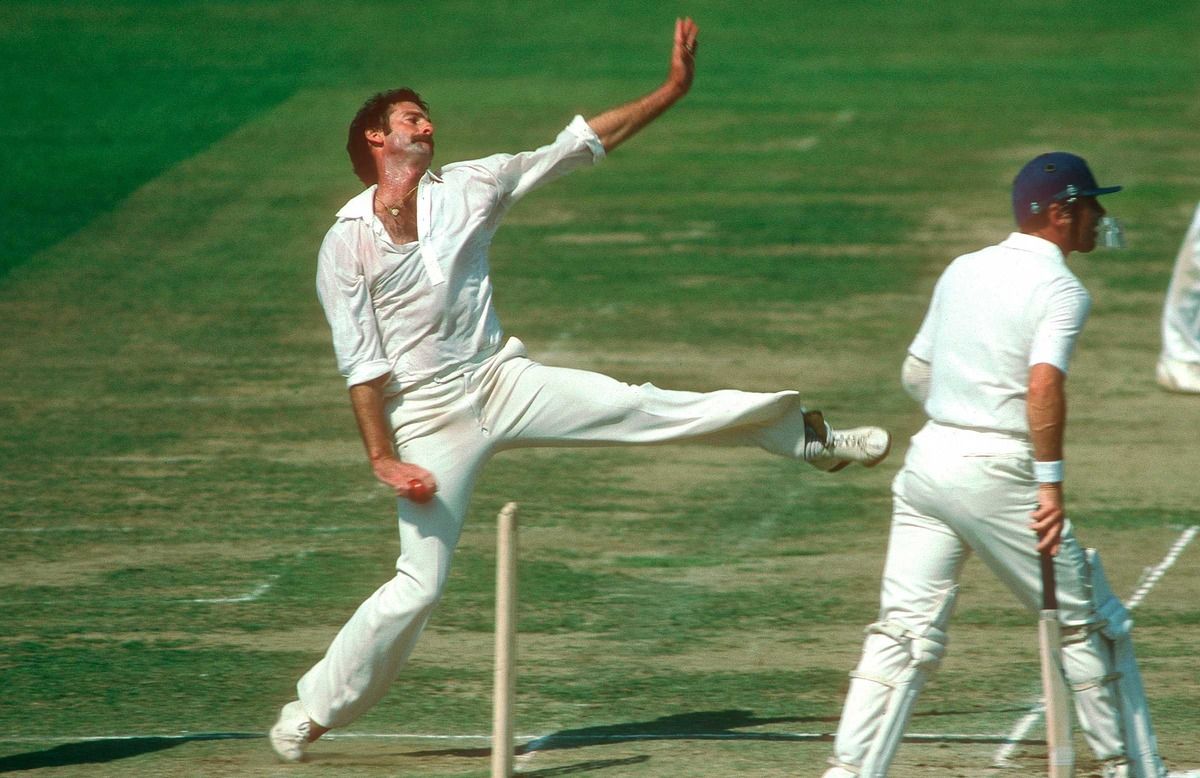
Lillee’s pace and ability to swing the ball made him a formidable opponent. He was clocked at speeds up to 154.8 km/h during the 1975 Ashes, showcasing his raw pace.
However, it was his skill, intelligence, and adaptability that set him apart. Dennis Lillee mastered the art of seam bowling, constantly evolving his game to outsmart batsmen.
His famous partnership with wicketkeeper Rod Marsh is legendary, setting numerous records for wicketkeeper-bowler combinations in Test cricket.
Memorable Performances and Records
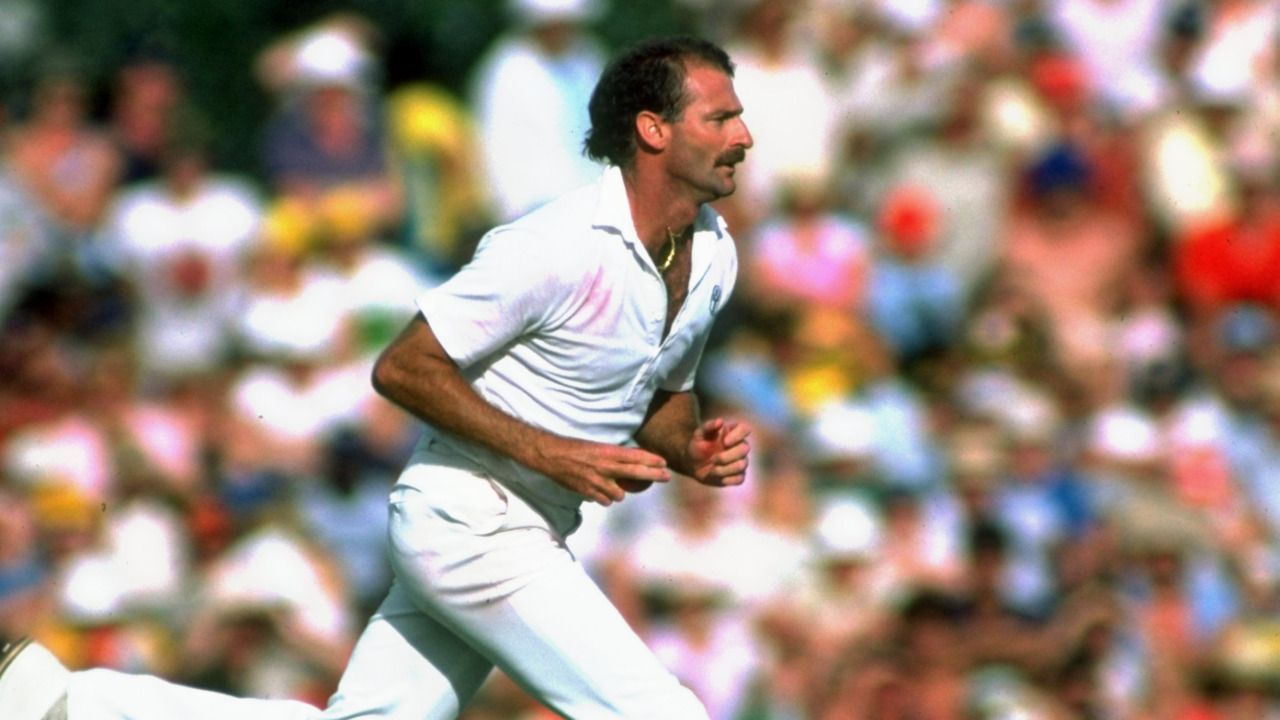
Throughout the 1970s and early 1980s, Dennis Lillee was at the heart of Australia’s bowling attack, delivering memorable performances that etched his name in cricket history.
In 1981, against England at Headingley, Lillee’s bowling was instrumental in what is considered one of the greatest comebacks in Test history.
By the time he retired in 1984, he had amassed 355 Test wickets, becoming the world’s leading wicket-taker at that time.
Lillee’s contributions weren’t limited to Test cricket. He also made significant impacts in One-Day Internationals (ODIs), including the inaugural Cricket World Cup in 1975, where he showcased his skills in the limited-overs format.
Legacy and Influence
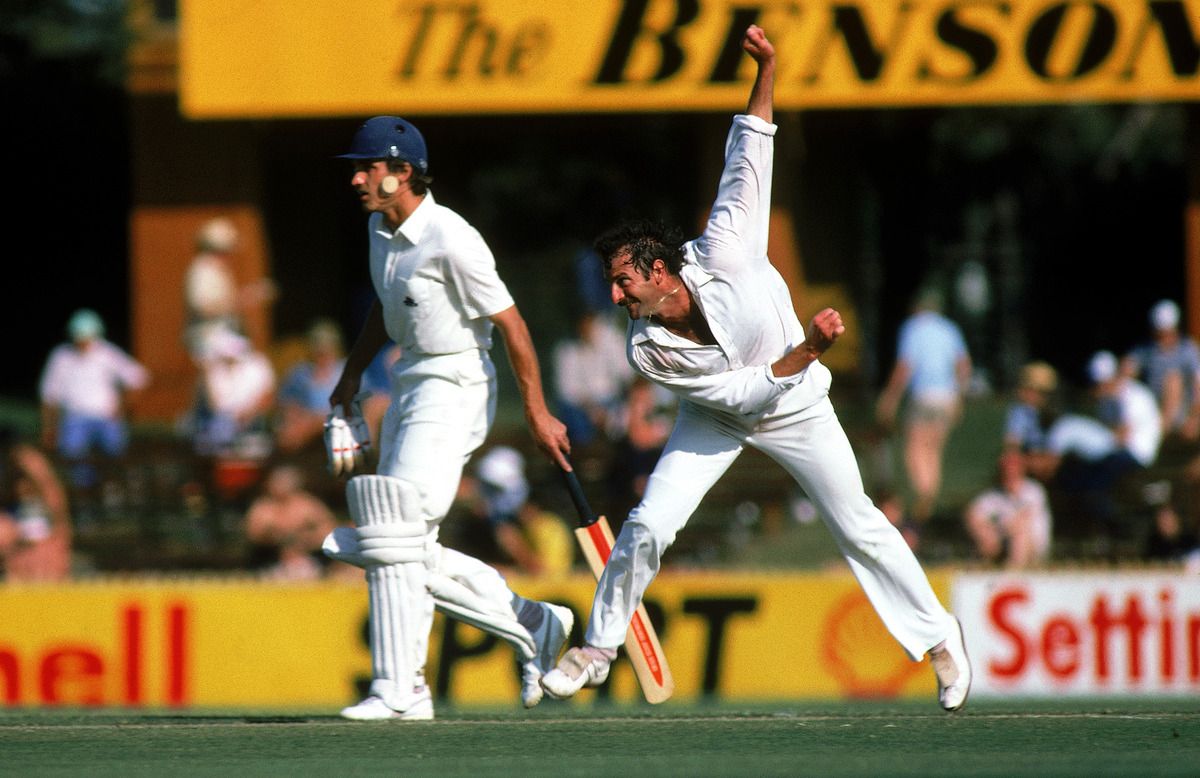
Dennis Lillee’s legacy extends beyond his records and performances. He was a fierce competitor known for his fiery spirit and intimidating presence on the field.
Off the field, his insights into fast bowling have benefited countless bowlers through his coaching and mentorship roles.
Lillee was inducted into the ICC Cricket Hall of Fame, acknowledging his contributions to the sport.
Lillee’s career highlights are not just a collection of statistics but a narrative of overcoming adversity, relentless improvement, and leaving an indelible mark on cricket.
His story is a source of inspiration for aspiring cricketers worldwide, embodying the spirit of perseverance, excellence, and innovation – Dennis Lillee.
Frequently Asked Questions (FAQs)
What were the significant challenges Dennis Lillee faced in his career, and how did he overcome them?
Dennis Lillee faced a considerable setback early in his career due to stress fractures in his back, a potentially career-ending injury.
However, his determination and resilience shone through as he underwent an intensive physiotherapy routine, spearheaded by sports scientist Frank Pyke, and remodeled his bowling action.
This not only allowed him to return to peak form but also revolutionized the art of fast bowling, proving his unyielding spirit and dedication to the sport.
How did Dennis Lillee impact the art of fast bowling and cricket in general?
Dennis Lillee significantly impacted fast bowling with his remarkable speeds, clocking up to 154.8 km/h during the 1975 Ashes series.
His skill, intelligence, and adaptability, especially in mastering seam bowling and constantly evolving his game, set him apart.
Lillee was also instrumental in forming one of the most formidable fast-bowling duos with Jeff Thomson, terrorizing batsmen and playing a pivotal role in Australia’s victories.
Beyond his on-field achievements, Lillee’s outspoken nature regarding player remuneration led to significant changes in the game’s structure, notably during the World Series Cricket era.
What is Dennis Lillee's legacy in cricket, and how has he contributed to the sport beyond his playing days?
Dennis Lillee’s legacy in cricket extends beyond his impressive record of 355 Test wickets and memorable performances.
Inducted into the ICC Cricket Hall of Fame in December 2009, his influence on the sport is also evident through his contributions as a fast-bowling coach, where he shared his expertise and passion with future generations.
His story is a source of inspiration, embodying the spirit of perseverance, excellence, and innovation, and leaving an indelible mark on cricket both as a formidable player and as a mentor.


